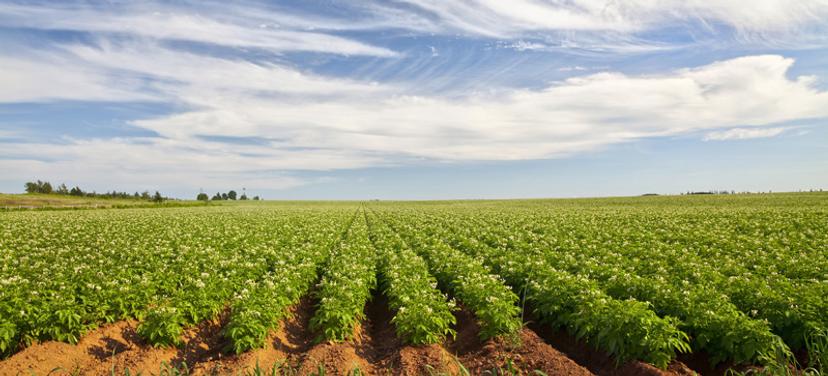Antibiotic Resistance – a Growing Threat to Food Safety?
31 Mar 2015

Around the world, the concern over antibiotic resistance is growing, and everyone from doctors to politicians is getting involved in the debate. Antibiotic resistance is one of the biggest dangers of current times, as evidenced with US President Barack Obama’s recent pledge of $1.2bn to combat the threat.
Veterinary Antibiotics
Managing veterinary use of antibiotics is one of the key elements of tackling this growing crisis. To this end, $270m of the money pledged by the US Government has been earmarked for the Food and Drug Administration (FDA) specifically to combat the overuse of antibiotics in food production.
Indiscriminate medicating by producers for disease control rather than treatment has led to overuse, and the picture is further complicated by the use of medication to increase weight gain and performance. An estimated 70% of antibiotics produced in the USA are used in animal agriculture to accelerate animal growth and prevent diseases. This amount is estimated to be more than four times the amount of drugs used to treat human illness. (Source: www.ucsusa.org/food)
Antibiotic Resistant Pathogens
As pathogens evolve and become resistant to antibiotics, there is the potential for them to be transferred from animal food products to humans. This limits the options of disease treatment, not to mention the risk to humans of toxicity or allergies from antibiotic residues.
Authorities around the world have, as a result, set strict limits on the amounts of veterinary drugs that can be present in food products. Whether it’s international standards such as the WHO’s Codex scheme, regional standards such as the EU regulations or national requirements such as the USDA, authorities have established Maximum Residue Limits (MRL) for a wide range of drug residues in food products. This means food produce must be either free from or below particular levels of a whole host of medicinal compounds.
In the event of falling foul of standards, product recalls and fines may be the least of food producers’ worries. Restoring consumer confidence, once damaged, can be a much longer term issue. Indeed, disputes over the safety of particular compounds can quickly escalate to diplomatic levels triggering trade embargoes, with the Russian, EU and Chinese ban on beta-agonist fed meat being an example.
All of this makes issues affecting exporters of food products very complex. They need to be conscious of a multitude of regulations varying across markets. The ability to screen products effectively for multiple substances is key.
Randox Food Diagnostics’ Evidence Investigator, using Biochip Array Technology, offers a unique multi-analyte testing platform that will reduce labor costs, increase throughput and overall productivity. Detecting up to 22 analytes, with new technology now detecting up to 46 analytes, from a single sample in less than two hours and with less than 5% false positives and no false negatives, food producers can have confidence in results.
With the drive to tackle antibiotic resistance seeing regulations strengthened right across the world, it’s becoming increasingly clear that food companies will need to invest in technology to keep pace.
Ref: Antibiotic resistance and food safety
Article by Randox Food Diagnostics
